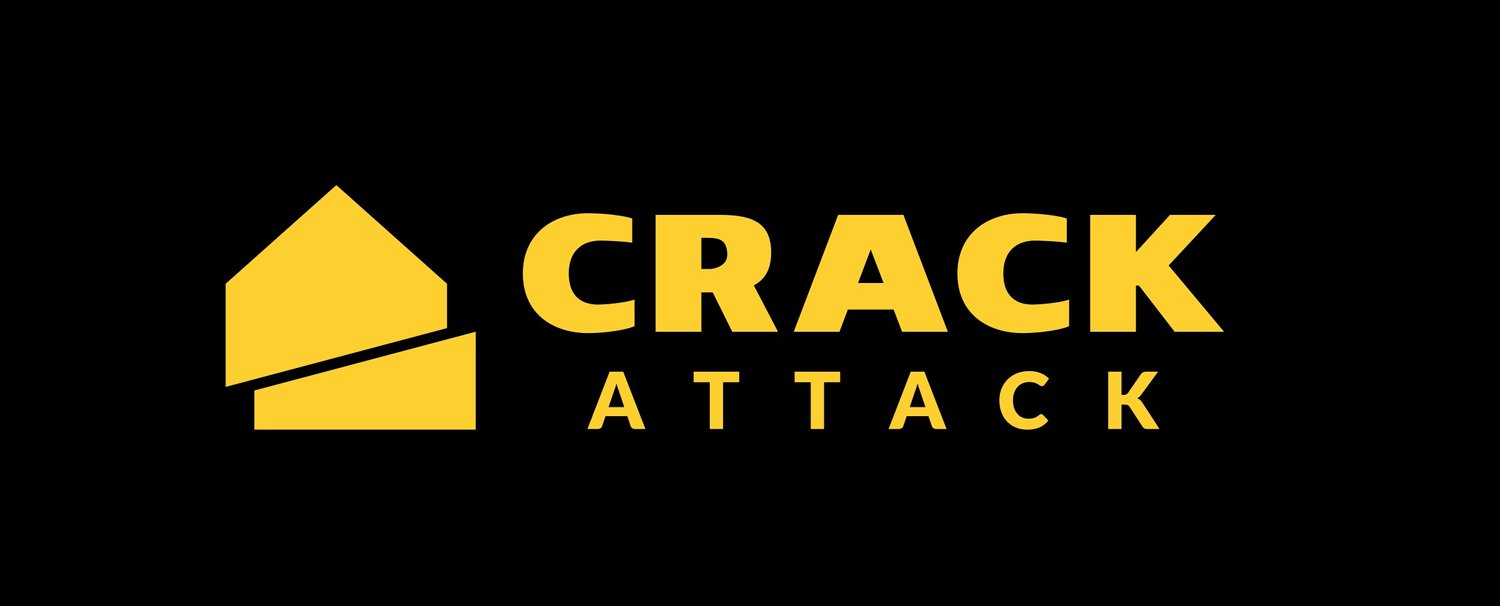Epoxy vs. Polyurethane Crack Injection
When it comes to repairing concrete cracks, epoxy and polyurethane injections are two commonly used methods, each with its own set of advantages and limitations. Understanding the differences between epoxy and polyurethane crack injection can help property owners make informed decisions when addressing foundation issues.
What is the Minimum Crack Width for Epoxy Injection?
Epoxy injection is a popular method for repairing cracks in concrete structures, offering a durable and long-lasting solution to prevent further damage. However, determining the minimum crack width suitable for epoxy injection is crucial to ensure the effectiveness of the repair process.
15 Benefits of Commercial Epoxy Injection
Explore the advantages of commercial epoxy injection and discover how this versatile solution not only restores structural integrity but also provides cost-effective, long-lasting repairs, minimizing disruptions while offering tailored options for property owners.
Epoxy Crack Injection for Concrete Crack Repair
Concrete structures are susceptible to cracks due to various factors such as shrinkage, settlement, or structural movement. Epoxy crack injection is a common method used to repair these cracks, providing a durable and long-lasting solution to restore structural integrity.
Low-Pressure Foundation Crack Repair
Low-pressure crack repair is a method used to seal and reinforce foundation cracks using specialized equipment and materials. Unlike traditional high-pressure injection methods, low-pressure crack repair involves injecting epoxy or polyurethane resin into the cracks at a lower pressure.





